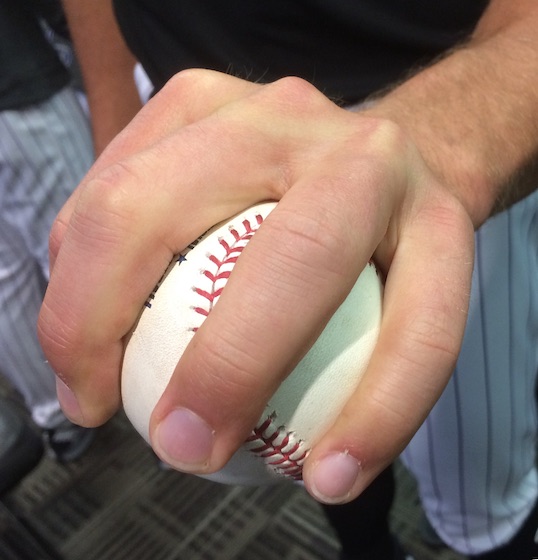Tyler Anderson, Steven Brault, and Mike Leake on Learning Their Changeups
Pitchers learn and develop different pitches, and they do so at varying stages of their lives. It might be a curveball in high school, a cutter in college, or a changeup in A-ball. Sometimes the addition or refinement is a natural progression — graduating from Pitching 101 to advanced course work — and often it’s a matter of necessity. In order to get hitters out as the quality of competition improves, a pitcher needs to optimize his repertoire.
In this installment of the series, we’ll hear from three pitchers — Tyler Anderson, Steven Brault, and Mike Leake — on how they learned and developed their change-of-pace pitches.
———
Tyler Anderson, Colorado Rockies
“In high school, I tried to learn how to pitch by watching other people. And I was doing all kinds of stuff. I was dropping down, throwing from all arm angles, throwing sliders. Then I got to college. At the University of Oregon, they preached fastball-changeup. Not only that, in the fall you weren’t allowed to throw breaking pitches; you had to go fastball-changeup only. Then, just before the season started, you could start mixing in curveballs and sliders.

“Before that, I’d thrown a palm ball. Honestly. I would hold it in my palm and throw a palm ball. It was slower. My dad knew about it from back in the day — it’s an old-school pitch — and mine was actually pretty good. It didn’t have a lot of spin, and as you know, limited spin creates drop. Mine would drop a lot, but it was too hard to control. Read the rest of this entry »
